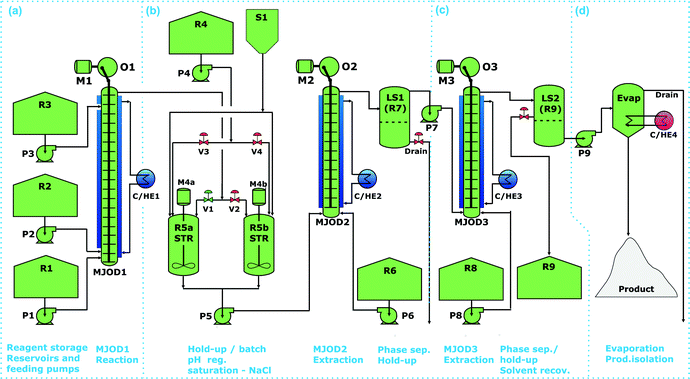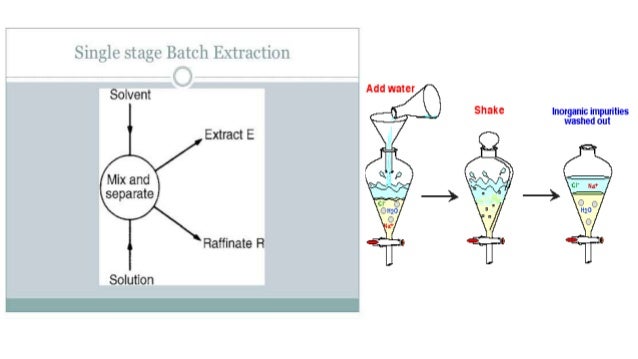

However, the bioproducts produced through this platform have more complex carbon and mixture of components than 1G-biorefinery products. Through this methodology, non-food raw material such as agricultural residues, energy crops, forestry and municipal solid wastes have been reused as a substrate for fermentation process. This innovative methodology utilizing biomass (2G-biorefinery) had generated several kinds of bioproducts such as bioethanol, bioplastics, surfactants resin, biochemicals and a range of acids like citric and lactic acid (Ramos et al. In addition, extensive studies have been circulated on a sustainable biorefinery concept where the biomass residue, especially lignocellulose materials, has been incorporated in the fermentation system as major carbon sources.

Furthermore, salt derivatives from lactic acid may also present in the fermentation broth due to alkaline reagents usage as a pH control (Kim and Moon 2001). Besides, by-products could also be produced throughout the fermentation period, which included alcohols (e.g., ethanol), glycerol, carbon dioxide, and organic acids (e.g., acetic acid or formic acid) (Ghaffar et al. The lactic acid produced from fermentation broth usually contains numerous impurities such as bacterial cells, residual carbohydrates, proteins, vitamins, and phenolic compounds. Though, the challenges faced to achieve good lactic acid purity (99–100%) after the fermentation process are still a bottleneck for the industries to tackle. The majority of industrial production of lactic acid today relies on the fermentation process, and its development has continued to grow rapidly in industries, particularly in terms of technological process and methodological innovation. Apart from that, other lactic acid separation techniques, such as chemical neutralization, liquid–liquid extraction, membrane separation, and distillation, are also thoroughly reviewed. This review's highlight is the recovery of lactic acid by adsorption technique using ion-exchange resins with a brief focus on the potential of in-site separation strategies alongside the important factors that influenced the lactic acid recovery process by ion exchange. Various aspects are discussed thoroughly, such as the mechanism of lactic acid production through fermentation, the crucial factors that influence the fermentation process, and the separation and recovery process of conventional and advanced lactic acid separation methods. This article reviews the development and progress related to lactic acid separation and recovery from fermentation broth. However, the recovery and separation of lactic acid from microbial fermentation media are relatively complicated and expensive, especially in the process relating to second-generation (2G) lactic acid recovery.

Fermentation has been considered the preferred method for producing high-purity lactic acid in the industry over chemical synthesis.

Its global market demand has significantly increased in recent years, with a CAGR of 18.7% from 2019 to 2025. Lactic acid has become one of the most important chemical substances used in various sectors.


 0 kommentar(er)
0 kommentar(er)
